In the journals of technology and innovation, few names shine as profoundly as Apple Inc. From its origins and beginnings in a garage to its current status as a globally well-renowned tech powerhouse, Apple’s history and journey are nothing short of remarkable. This article delves into the fascinating story of Apple’s evolution, exploring the central moments, visionary leaders, iconic products, and relentless pursuit of innovation that have shaped its trajectory.
The Genesis of Innovation
Apple’s story starts with the meeting of three visionary minds—Steve Jobs, Steve Wozniak, and Ronald Wayne. In the heart of Silicon Valley, during the upheaval of the 1970s tech revolution, these pioneers shared a vision of altering technology, making it accessible and user-friendly.
The Birth of Apple: 1976
In 1976, this vision materialized as the Apple I. Nestled in a humble garage in Los Altos, California, this revolutionary machine marked Apple’s birth. While it lacked the sleek aesthetics of modern Apple devices, it embodied a commitment to innovation and accessibility.
The Apple I Era (1976-1977)

Source: bbc.com
Apple’s History Humble Beginnings
Apple’s early days were marked by resourcefulness and determination. With limited resources and a DIY ethos, Jobs and Wozniak manufactured the Apple I by hand, demonstrating their passion for technology.
The Apple I: A Computer for Enthusiasts
The Apple I targeted a niche market of computer enthusiasts, providing them with a platform for experimentation and innovation. It laid the foundation for future Apple products and established the company’s commitment to user empowerment.
The Role of Ronald Wayne
Ronald Wayne, though often overlooked, played a pivotal role in Apple’s inception. His expertise in technical documentation and business administration contributed to the company’s early growth. Wayne’s decision to sell his share would later become a footnote in Apple’s history.
The Apple II Revolution (1977-1980)
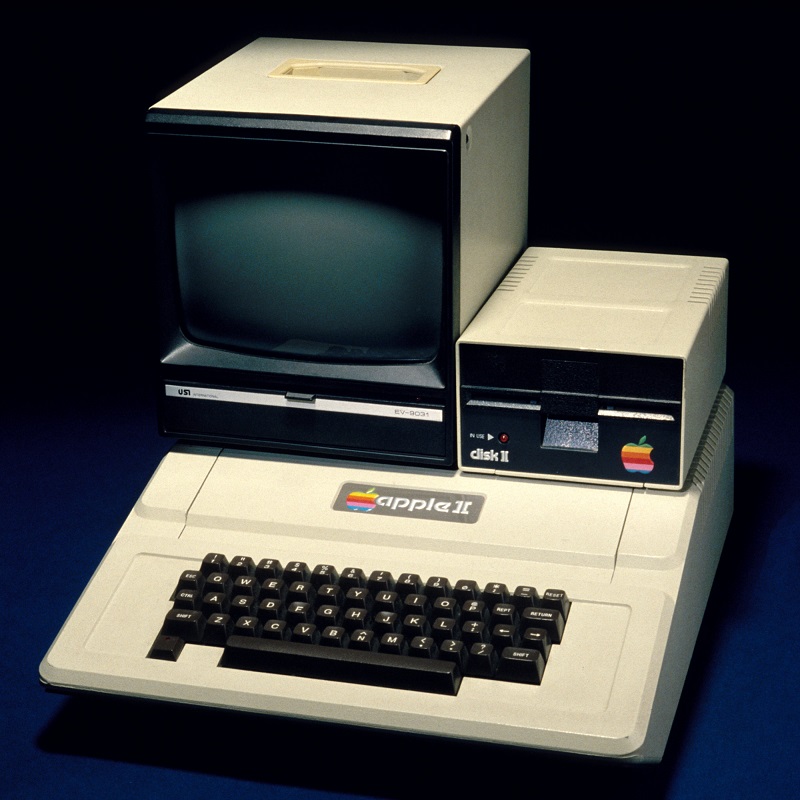
Source: americanhistory.si.edu
Shaping the Personal Computer Industry
The introduction of the Apple II in 1977 was a watershed moment in personal computing. It offered color graphics and open architecture, setting new standards and attracting a broader audience.
Apple II: A Game Changer
The Apple II’s user-friendly interface and expandability made it a game-changer. It revolutionized industries like education, enabling individuals to interact with computers in unprecedented ways.
Expanding Horizons: Color Graphics and Open Architecture
The Apple II’s color graphics and open architecture fostered creativity and innovation, making it an essential tool for businesses, schools, and home users alike.
The Macintosh and 1984 (1984-1985)
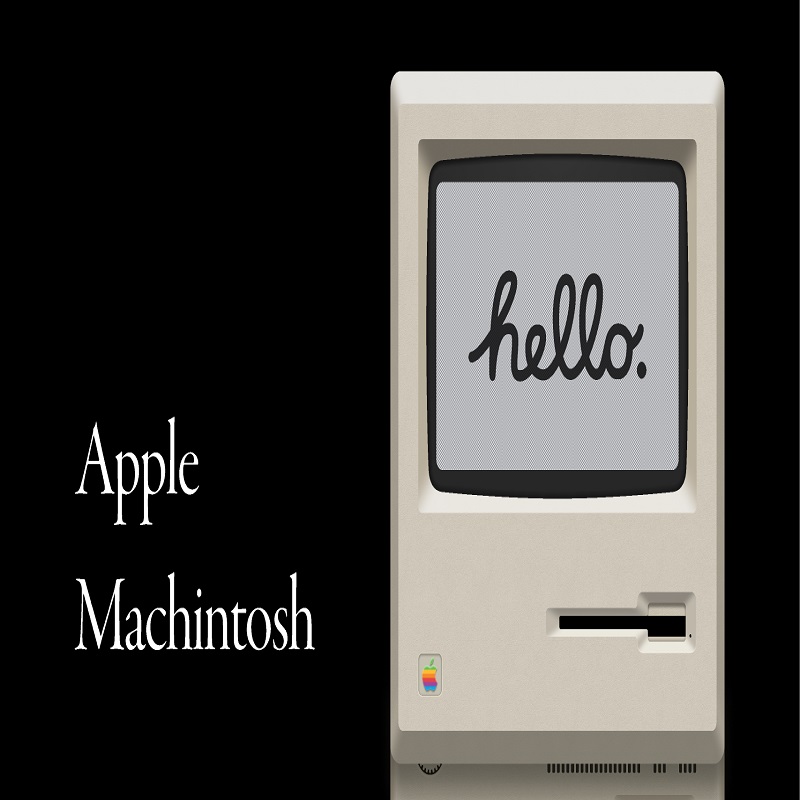
Source: figma.com
The Iconic Macintosh Introduction
1984 was a determining year for Apple, marked by the launch of the Macintosh. Its graphical user interface and mouse made personal computing more accessible and intuitive than ever before.
1984: A Pivotal Year
The famous “1984” Super Bowl ad symbolized Apple’s commitment to challenging the status quo. The Macintosh embodied the company’s spirit of innovation.
Departure of Steve Jobs
Regardless of these successes, internal conflicts led to Steve Jobs’s departure from Apple in the year of 1985. His absence marked an unstable period for the company, leading to questions about its future.
Apple’s Wilderness Years (1986-1996)
Turbulence and Internal Struggles
The absence of Steve Jobs ushered in a period of turbulence. Internal struggles, mismanagement, and shifting market dynamics challenged Apple’s stability.
Competition with Microsoft
Apple faced fierce competition from Microsoft’s Windows operating system, contributing to a decline in market share.
Product Missteps
During this period, Apple’s product lineup included a series of missteps, leading to further challenges.
Steve Jobs’ Return and the Apple Renaissance (1997-2000)
Steve Jobs’ Second Act
When Steve Jobs returned to Apple in 1997, it was marking a turning point in the company’s history. His visionary leadership and commitment to innovation would define Apple’s renaissance.
The Acquisition of NeXT Inc.
Apple’s acquisition of NeXT Inc., a company founded by Steve Jobs, brought critical technology and talent back into the Apple fold.
iMac: The Beginning of a Revival
The introduction of the iMac in 1998 revitalized Apple’s image. Its colorful design and user-friendly features captured the imagination of consumers and signaled Apple’s resurgence.
iPod and iTunes (2001-2003)
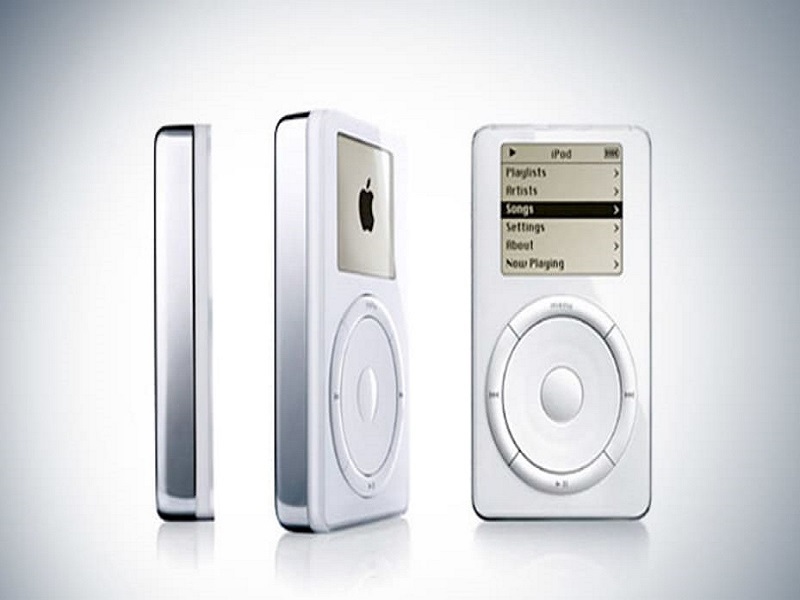
Source: cnbc.com
The Portable Music Revolution
In 2001, Apple unveiled the iPod, a groundbreaking portable media player. The iPod’s integration with iTunes revolutionized how we consumed and purchased music.
iTunes: Redefining Digital Music Consumption
The launch of the iTunes Store in 2003 disrupted the music industry, offering a convenient and legal way to download music. It became a cornerstone of Apple’s ecosystem.
The Game-Changing iPhone (2007)
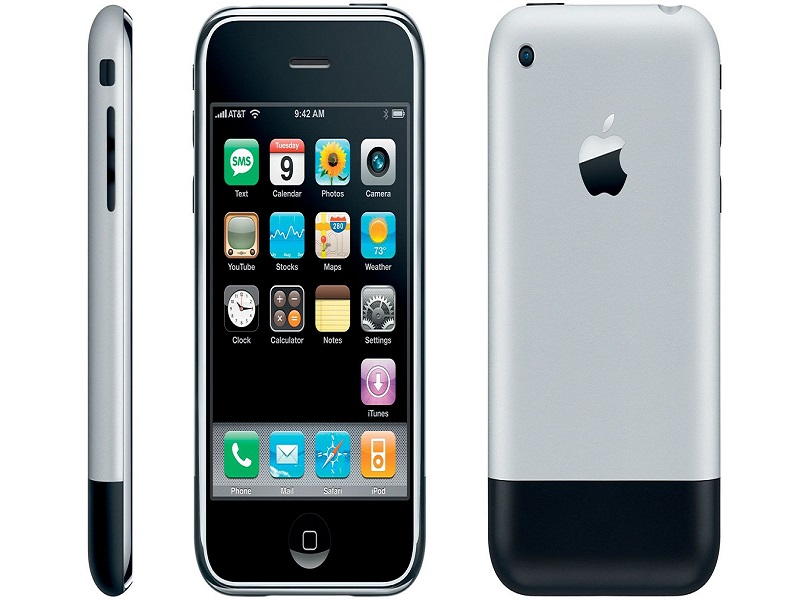
Source: digitalspy.com
The Birth of the iPhone
The year 2007 witnessed the unveiling of the iPhone—a device that united a phone, music player, and internet device in one. It was a game-changer that redefined the smartphone industry.
Transforming the Smartphone Industry
The iPhone’s touch interface and the App Store transformed how we interacted with technology, spawning an app economy and setting the standard for mobile devices.
iPhone’s Enduring Legacy
The iPhone’s legacy endures today, with each new iteration pushing the boundaries of technology and design.
The iPad Era (2010)
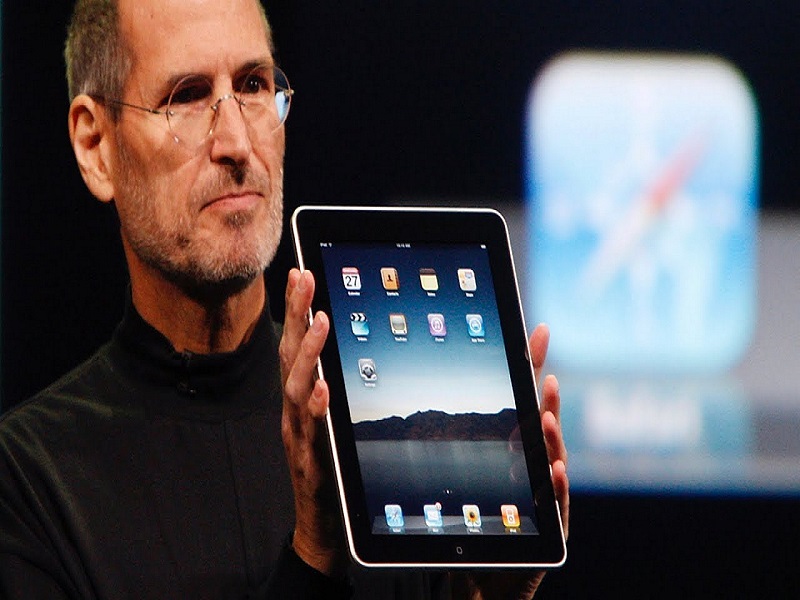
Source: Apple
Unveiling the iPad
In 2010, Apple introduced the iPad, popularizing the tablet computer and creating a new product category.
Reshaping Computing with Tablets
The iPad’s intuitive interface and expansive app ecosystem reshaped how we use computers, impacting industries from education to healthcare.
iPad’s Impact on Education and Business
The iPad’s versatility and portability made it an invaluable tool in education and business, further solidifying Apple’s influence.
Diversification and the Apple Watch (2015)
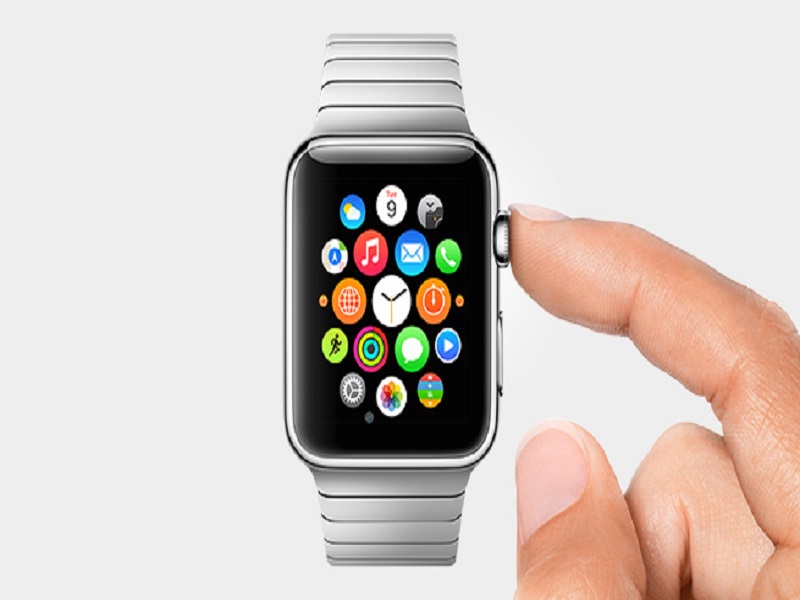
Source: variety.com
Expanding Beyond Traditional Boundaries
Apple diversified its product lineup by entering the wearables market, signaling its commitment to innovation.
Introduction of the Apple Watch
In 2015, the Apple Watch was introduced, offering health and fitness tracking, as well as other features.
Wearables and Health Tracking
The Apple Watch expanded beyond traditional smartwatches, focusing on health and fitness, demonstrating Apple’s adaptability to changing consumer demands.
The Tim Cook Era (2011-Present)
A Transition in Leadership
After Steve Jobs’ passing in 2011, Tim Cook held the position of CEO. Under his leadership and vision, Apple continued to expand in a world full of technology.
Expanding the Product and Services Portfolio
Apple introduced new services such as Apple Music, Apple TV+, and Apple Arcade, diversifying its revenue streams.
Focus on Sustainability and Privacy
Cook’s Apple emphasized sustainability and user privacy, demonstrating a commitment to social responsibility.
Apple’s Ongoing Innovation and Future Prospects
The Evolution of Macs: Apple Silicon
Apple began transitioning its Mac computers to custom-designed Apple Silicon chips, offering improved performance and efficiency.
Recent Product Launches
As of my last knowledge update in September 2021, Apple’s history continued to innovate with new product launches, including the iPhone 15 and updates to its operating systems, and most of all the addition of C-type charging and Dynamicisland.
Apple’s Position in the Tech Landscape
Apple is a dominant force in the industry of technology, with a true-hearted customer base, more than any other brand, and a strong presence in hardware, software, and services.
Conclusion
The remarkable journey of Apple Inc. is a monument to the power of innovation, visionary leadership, and a firm commitment to excellence. From its modest beginnings in a garage to its current status as a globally renowned tech giant, Apple’s influence on technology and society is immeasurable.
Apple’s Continued Influence on Technology
Apple’s legacy is evident in its iconic products covering every aspect of human life in terms of technology and role in shaping how we live, work, and communicate.
Looking Ahead: What’s Next for Apple?
As we anticipate the next chapters in Apple’s history, one thing is certain: the company will continue redefining technology, inspiring innovation, and captivating the world with its groundbreaking products and services. The Apple saga is far from over, and the world eagerly awaits the next chapter in this ongoing story of innovation and transformation. And the Apple lovers wait for September every day of their lives.
